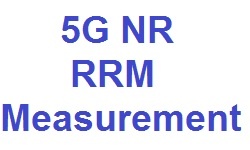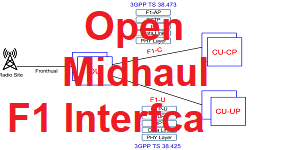Open RAN Integration – Where We Today
Open RAN is being deployed by multiple Service Providers around the world. These deployment are large scale deployments in some of the largest countries in the world. In Open RAN networks, there are multiple levels of integration required and following important key point needs to be understand:
- Open RAN ecosystem shall integrate hardware, software, systems integrators, data centers and Operators
- Systems integrator will be the main stack holder and responsible for integrating across the entire solution
- System Integrators should not be partial and aligned or associated with a specific hardware or software vendor to ensure the ecosystem performance benchmarks
- System integration of the Open RAN software on COTS hardware will follow the similar process to data center environment
- To make Open RAN as all vendors from the ecosystem should come together to self-integrate and certify their solutions to create a blueprint so that Operators can use directly into replicate the solution in their networks
- Systems integration can be provided by a variety of companies or can be provided by vendor itself if required
- Open RAN System Integration is similar to what Operators are using today
- Open RAN integration and deployment is as simple and easy to as the traditional RAN is today
Despite of so many Open RAN deployments and activities, many of those criticize the Open Network movement and trying to preserve proprietary systems presenting challenges/arguments against Open RAN Deployments and some are listed as below. As Open RAN is evolving these challenge are no longer relevant.
- Open RAN Solutions will be to integrated by Operators itself: As Open RAN deployment includes multiple vendors network components, so the solution is not integrated. Operator needs to bear the cost of integration so this will leads to higher overall costs and delayed time to market.
- Current Situation
- Many Open RAN deployments already live in multiple Operators Networks and many vendors have developed their Open RAN solutions specifically to be integrated onto hardware and with other software. Systems Integration of these networks are done by both vendors or operators consider the area expertise and best cost optimizations practice. Open RAN hardware and software integration following the best practices of data center integration which are well established in IT world.
- Current Situation
- Network Reliability Risk: Open RAN have network elements from different vendors, network reliability may be compromised. When a network issue is seen it will be very difficult to say who’s fault and even identifying the root cause will be more complex because the solution is using software and hardware from multiple vendor
- Current Situation
- Already deployed Open RAN networks have shown the ability to support large customer bases and meeting the Operator’s defined performance KPIs benchmarks. Open RAN also supporting Network probing tools, means that any issues can be easily identified and fixed. As Open RAN solutions are modular in design which will help operators in auditing and determining problems faster.
- Current Situation
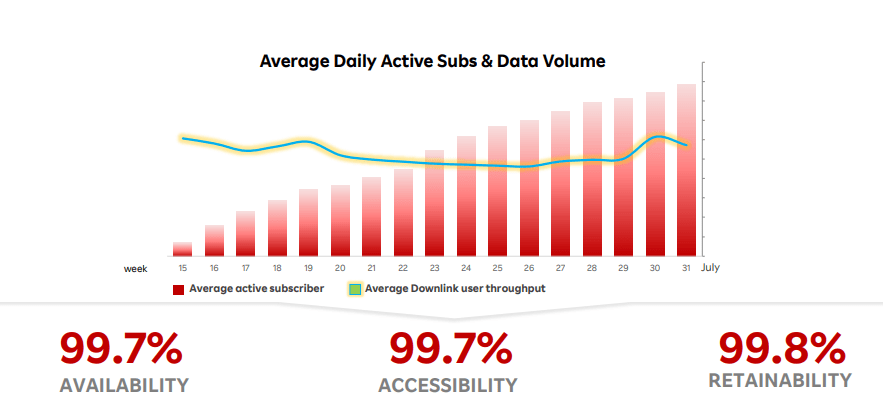
Image Courtesy : Rakuten
- Overall Network Performance Reduced: Open RAN have network elements from different vendors, the overall network performance may be compromised. Also disparate network elements may not be integrated to get maximum performance
- Current Situation
- Already deployed Open RAN networks have shown the ability to support large customer bases and meeting the Operator’s defined performance KPIs benchmarks. The Overall KPIs from Open RAN deployment are comparable to KPIs from the legacy vendors. Open RAN is mostly software based allows rapid deployment for features upgrades, allows operator to fine tune features performance for their network. Open RAN DevOps approach with CD/CI can push parameters updates quickly to many different sites, in a automated way.
- Current Situation
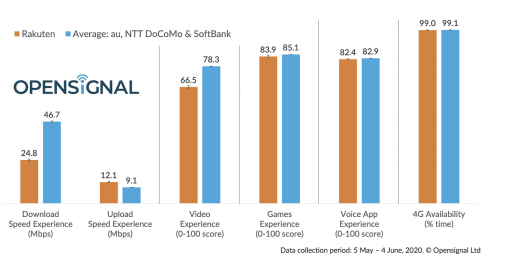
Image Courtesy : Open Signal
- Open RAN Solution Cost Savings not realized: Use of different RAN element from different vendors results in higher initial costs, because overall quantity are lower than from using a single RAN vendor
- Current Situation
- Now multiple operator has deployed the Open RAN network and their result shows a significant reduction in costs – both Capex and Opex. Raktuen has claimed about 40 percent saving. The COTS hardware is generally lower cost while comparing with proprietary hardware, Open RAN software development can scale it and modern tools and practices such as DevOps will further lower operational costs.
- Current Situation
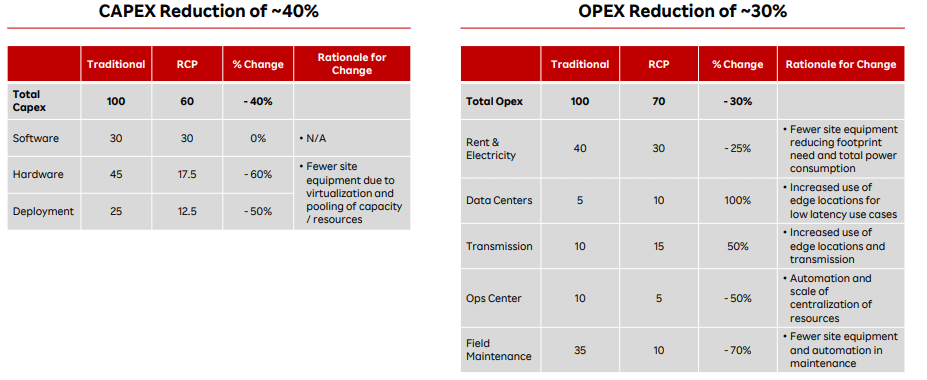
Image Courtesy : Rakuten
- Open RAN Overall Costs is Higher than Traditional RAN: Considering a lower software based RAN solution on COTS, but still the overall deployment cost including integration will be higher
- Current Situation
- Multiple operator has deployed the Open RAN network and their result shows a significant reduction in costs – both Capex and Opex. Raktuen has claimed about 40 percent saving. Some Operators have stated that Open RAN integration costs is significantly lower than for the traditional RAN
- Current Situation
- Open RAN Systems Integration Lacking : Critics says that Open RAN solutions have not been integrated and there is no actual Open RAN solution available where software is integrated onto COTS hardware
- Current Situation
- Multiple Operator deployments showing that different software components have been integrated and live in their networks. Open RAN rich ecosystem vendors (Altiostar, Mavneir, Parrallel Wireless etc.) has shown availability of Open Radios, Open DU hardware and Open RAN software which are already integrated and working as a integrated solutions.
- Current Situation
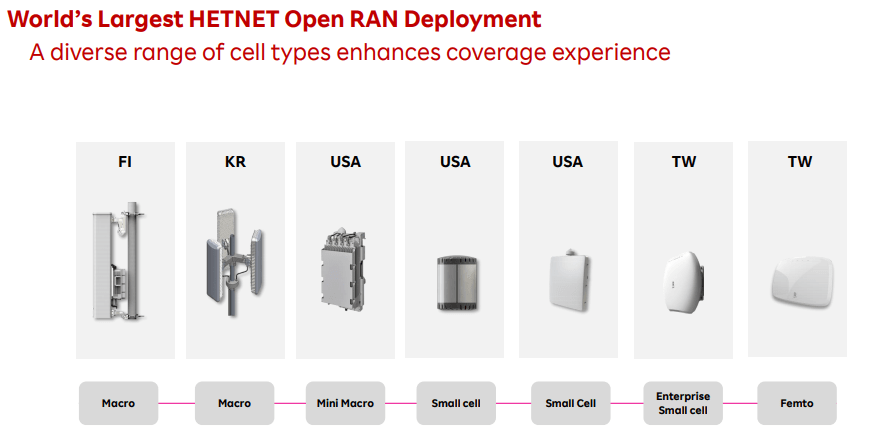
Image Courtesy : Rakuten
- Open RAN Solutions are Less Secure: Open RAN deployments are less secure than the traditional single vendor deployment approach
- Current Situation
- Open RAN deployments are following data center, private cloud, and enterprise IT integration and security best practices so there is no question of less security. Open RAN has introduced more auditable interfaces to control security in the network by Operators which is not possible with black box solution from traditional RAN vendors. Also O-RAN security is evolving to adopt modern security best practices.
- Current Situation
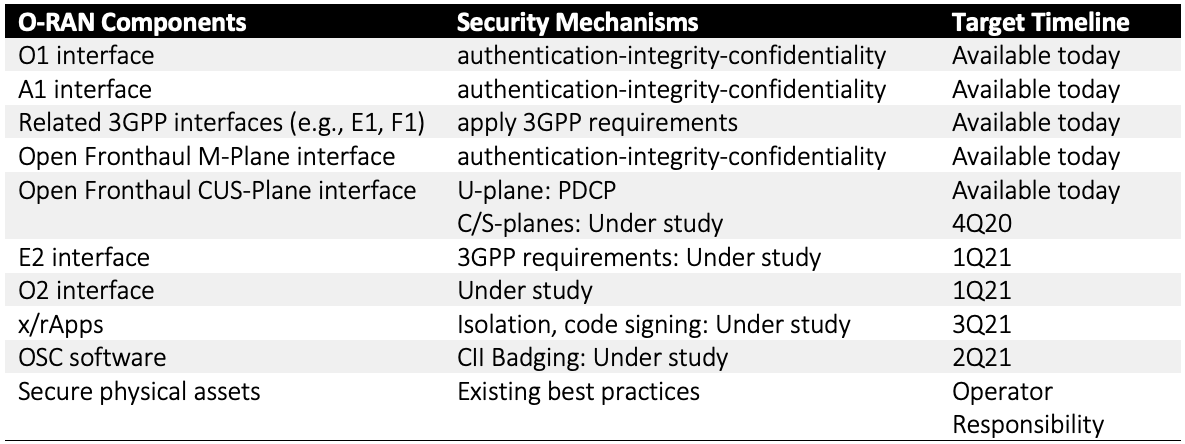
Image Courtesy : O-RAN Alliance
- Ecosystem not developed to support MNOs: Open RAN is a new Technology and untested, there is no developed ecosystem of vendors to support the Operators. Therefore, the Operator have to perform installation, maintenance and operational activities by their own
- Current Situation
- A wide range of specialist Open RAN software vendors developing and deploying the solutions which are well tested. The Open RAN ecosystem is very vast which includes Baseband Hardware company like Intel, Qualcomm, Xilinx, Cloud Solution includes company like Cisco, VMware Red Hat and Radio Hardware companies includes companies like Fujitsu, MTI, NEC building or contributing to Open RAN solutions.
- Current Situation
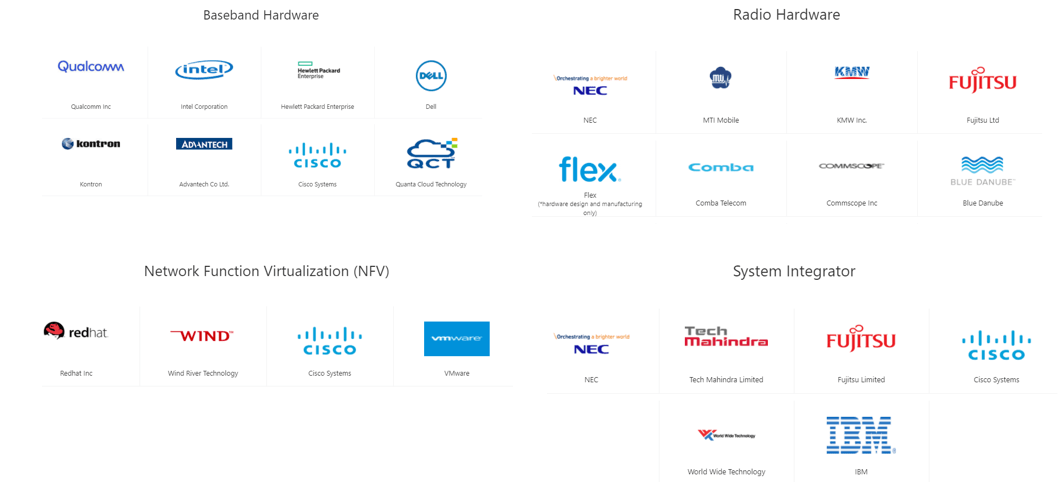
Image Courtesy : Altiostar
- Open RAN is only suitable for greenfield Operators: Open RAN does not integrate well with the existing legacy 2G and 3G deployments and therefore it is limited to greenfield Operators only
- Current Situation
- Multiple operators deployments has shown that Open RAN can support legacy 2G, 3G technology networks as well as new 4G LTE and 5G deployments. Even some Operators are deploying Open RAN for running their legacy networks.
- Current Situation
References:
- White Paper: Open RAN Integration: Run With It
- OpenRAN Ecosystem
Related Posts
- Open RAN (O-RAN) Reference Architecture
- Open RAN Network Architecture Components
- What is eCPRI, how it contributes to 5G and Open RAN?
- O-RAN Fronthaul Spilt Option 7-2x
- O-RAN Fronthaul C/U, Synchronization and Management Planes
- O-RAN Fronthaul Protocols Stack

